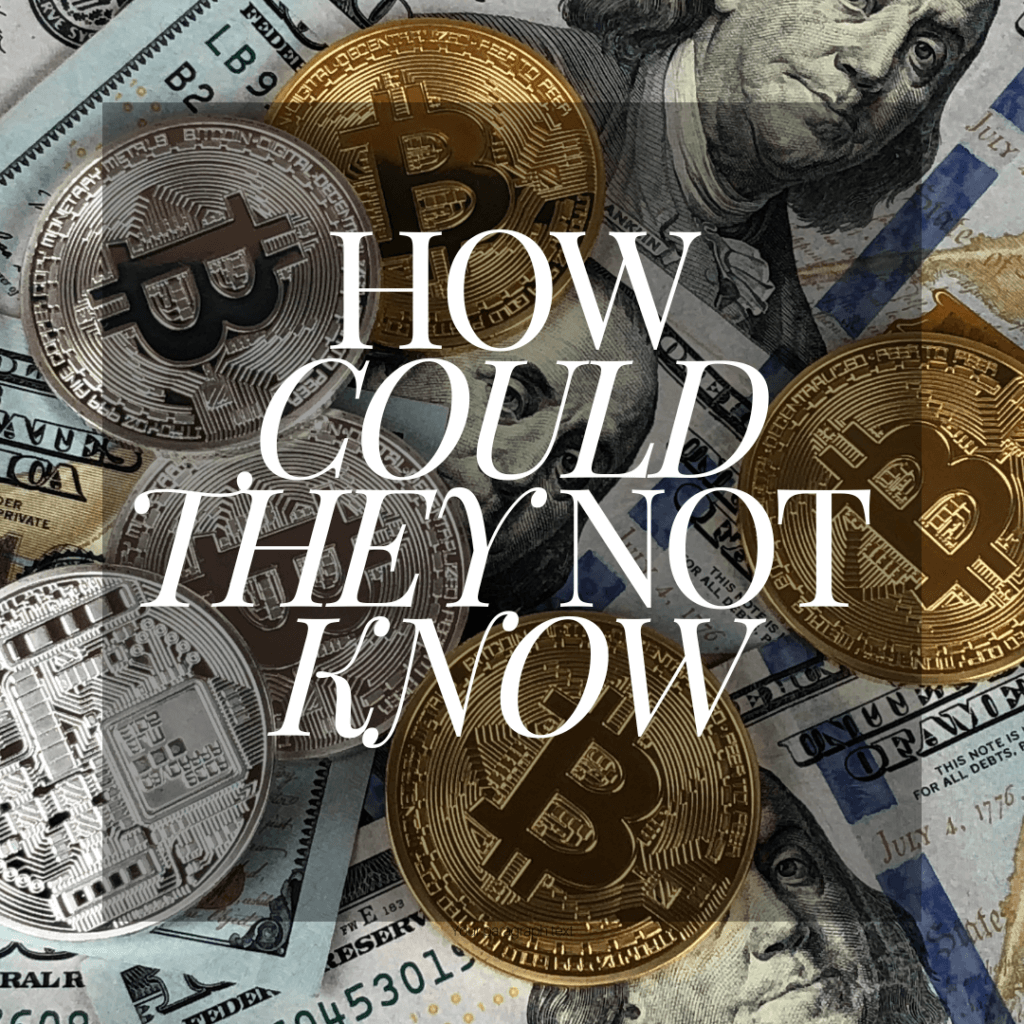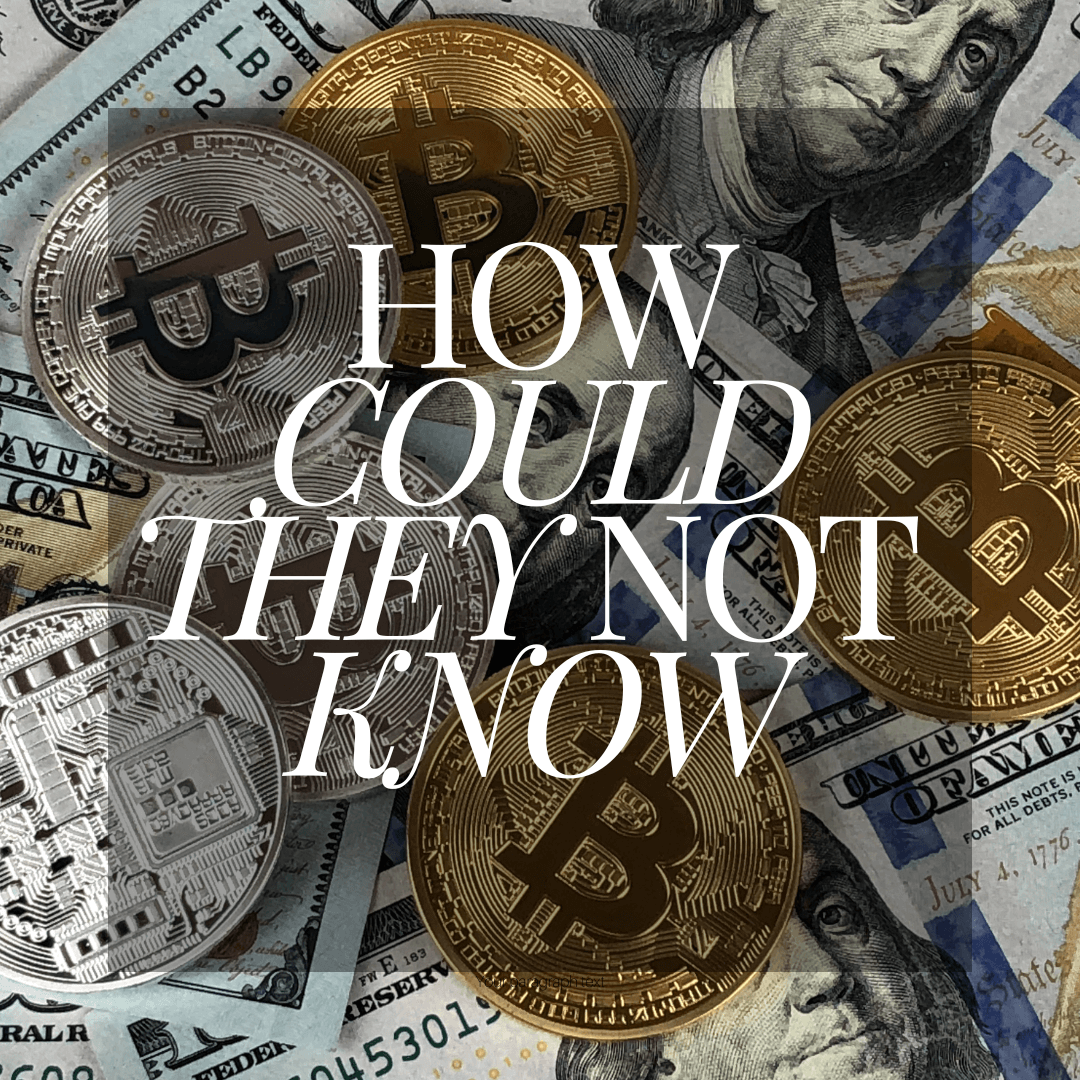
WEALTH Gap Bigger – Federal Reserve since 2008
Quantitative Easing (QE), the Federal Reserve’s policy of purchasing large quantities of financial assets (like government bonds and mortgage-backed securities) to inject money into the economy, had significant effects on the wealth gap. Here’s how QE, which occurred in multiple phases after the 2008 financial crisis, impacted wealth inequality in the past:
1. Rising Asset Prices
- Effect on Stock and Bond Markets: One of the most visible effects of QE was the increase in stock prices. As the Fed purchased bonds, bond yields dropped, making stocks more attractive for investors seeking higher returns. This benefited wealthier individuals disproportionately, as they hold a larger share of financial assets like stocks and bonds.
- Wealthier Households Benefited More: Since upper-income households are more likely to own assets like equities, bonds, and real estate, QE disproportionately benefited them. The top 10% of households, who own a large percentage of stocks, saw their wealth rise significantly as stock prices soared. Result: This widened the wealth gap, as those who held assets saw substantial gains in their portfolios, while households with little or no financial investments experienced fewer benefits.
2. Real Estate Boom
- Housing Prices Increased: QE also led to a reduction in interest rates, including mortgage rates. This made borrowing cheaper and encouraged home buying and refinancing. As a result, real estate prices surged. Again, wealthier households benefited more, as they were more likely to own property or be able to invest in additional real estate during low-interest periods.
- Limited Benefits for Renters: Households without the means to buy property missed out on the appreciation in housing prices, exacerbating the divide between homeowners (who became wealthier) and renters (who faced rising housing costs). Result: The increase in real estate values further enhanced the wealth of those already owning property, while renters, typically lower-income, faced rising costs without gaining equity.
3. Income Inequality
- Wage Stagnation: While QE helped stabilize the broader economy and encouraged investment in riskier assets, it didn’t directly benefit wages, especially for low- and middle-income workers. Wage growth during QE periods remained slow, especially in comparison to the surge in asset prices.
- Wealth Concentration: High-income earners saw greater increases in wealth as they reaped the rewards of rising markets, while wage growth for average workers stagnated. As a result, income inequality persisted, and the wealth gap widened. Result: The discrepancy between financial asset growth and wage growth deepened income and wealth inequality.
4. Inflation of Financial Assets vs. Consumer Goods
- Asset Inflation Over Consumer Inflation: QE primarily led to inflation in financial assets rather than consumer goods. Stock prices, real estate, and other investments rose rapidly, benefiting those who owned these assets. In contrast, the prices of consumer goods, while rising modestly, did not provide the same level of returns to lower-income households. Result: Wealthier individuals experienced a much greater increase in the value of their investments, while those with limited financial holdings saw less direct benefit, further increasing the wealth gap.
5. Low-Interest Rate Environment
- Savings Returns Dropped: QE caused interest rates to fall, reducing returns on savings accounts and other low-risk investments that middle- and lower-income households tend to rely on. Savers, especially retirees and those with fixed incomes, saw lower returns on their cash savings.
- Encouragement of Riskier Investments: Wealthier individuals and institutions shifted toward riskier, higher-yielding assets like stocks and corporate bonds to take advantage of the low-interest environment. This strategy benefited those who could afford to take risks but left more risk-averse households with limited options for growing their wealth. Result: Wealthier households, who were more comfortable with investing in riskier markets, saw greater returns, while risk-averse savers saw their wealth stagnate or even decline.
6. Labor Market Disparities
- Uneven Recovery: While QE helped stimulate the economy and eventually led to lower unemployment, the recovery was uneven across income groups. Higher-wage industries rebounded more quickly, while lower-wage workers, who tend to be more vulnerable in economic downturns, faced longer unemployment spells and slower wage recovery.
- Impact on Marginalized Groups: Racial minorities and women, who are overrepresented in lower-wage jobs, were disproportionately affected by the slow recovery in these sectors, contributing to growing income and wealth disparities along racial and gender lines. Result: The wealth and income gaps widened, particularly for marginalized groups.
Summary of Wealth Gap Effects from QE:
- Increased Wealth Inequality: The top percentage of households, who hold the majority of financial assets, saw their wealth grow significantly due to rising stock markets and real estate prices.
- Limited Benefit for Low- and Middle-Income Households: Households with little or no financial assets missed out on the wealth gains from rising asset prices.
- Real Wage Stagnation: While asset prices surged, wages, particularly for lower-income workers, remained stagnant, widening the income and wealth divide.
- Inflation Disparities: The rise in financial asset prices far outpaced inflation in consumer goods, benefiting the wealthy more than the average household.
In conclusion, while QE stabilized the economy and supported financial markets, it also exacerbated wealth inequality, as the benefits were disproportionately concentrated among wealthier individuals who owned assets.
Here is the line graph illustrating the wealth gap over a 3-year period during quantitative easing.
How could they not know that this was going to perfectly impact the wealthy in their favor so well…it looks clear to me?
https://www.propublica.org/article/how-the-federal-reserve-is-increasing-wealth-inequality
When Will We Be Able to Change This?
Because surely we have learned!
“High-wealth households do much better in a low-rate environment than lower-wealth households do,” Mark Zandi, chief economist of Moody’s Analytics, said. “The low-interest environment increases inequality by increasing the wealth of people who are well off.” Zandi noted, however, that less well-off people don’t lose money because of the low rates; they simply don’t do as well as wealthier people.
Home prices have also benefited from the Fed’s easy money policies, and home ownership is much more evenly distributed than stock ownership is. The wealthiest 10% own only 45% of the real estate held by American households, according to the Fed. The remainder is owned largely by middle-class households, for whom home equity is often their biggest source of wealth.
But stock holdings are where the truly massive gains have come. It’s also where there was a big scare last year before the Fed and the CARES Act came to the rescue. COVID-19 sent unemployment soaring and stocks plummeting, as the market fell 35% from Feb. 19 to March 23, 2020.
